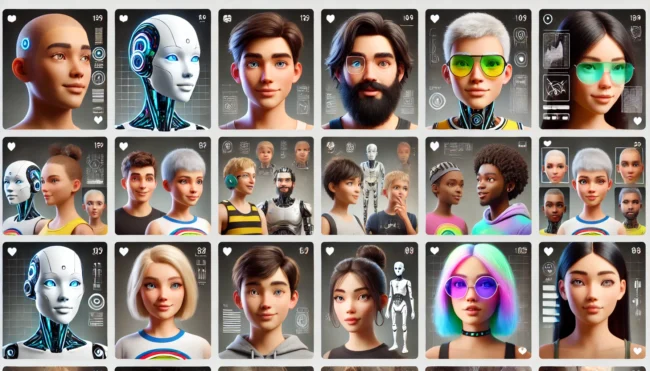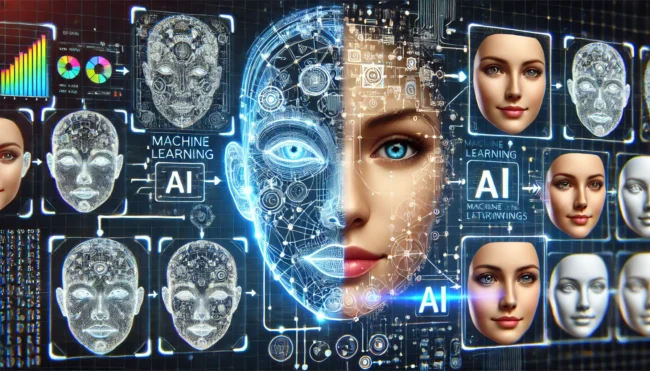Imagine scrolling through your Instagram feed and stumbling upon a strikingly realistic portrait of a friend. The image captures their essence perfectly, from the mischievous glint in their eye to the subtle curl of their smile. Yet, something seems slightly off – the image is too perfect, too polished. You then realize you’re looking at an AI-generated avatar, a digital alter ego crafted by Instagram’s latest feature. Instagram’s AI-generated avatars represent a significant shift in social media self-expression, offering users new ways to create digital identities while raising important questions about authenticity and the future of online interaction.
The Technology Behind the Transformation
At the heart of Instagram’s AI avatar feature lies sophisticated machine learning algorithms. These algorithms analyze countless images to understand facial features, expressions, and styles. Users can generate their avatars by simply uploading a few photos and selecting preferences for hair, skin tone, and other attributes. The AI then works its magic, producing a highly personalized digital representation. This technology builds upon advancements seen in other AI image generation tools like DALL-E and Midjourney, but with a specific focus on creating lifelike human avatars.
A Canvas for Digital Self-Expression
The appeal of AI avatars lies in their potential for enhanced creativity and self-expression. Users can experiment with different looks, styles, and even fantastical elements that would be impossible in traditional photography. This feature also provides an accessible alternative for individuals who may feel uncomfortable sharing real photos of themselves online. Many users report feeling a sense of empowerment and freedom in crafting their digital personas. As one user enthused, “My AI avatar lets me present myself exactly how I want to be seen, without the pressure of perfect selfies or photo editing.”

The Dark Side of Digital Doppelgangers
Despite their appeal, AI avatars are not without controversy. Critics argue that these digital representations blur the line between reality and fiction, potentially enabling misrepresentation and deception. The technology’s ability to create highly realistic fake images raises concerns about deepfakes and identity theft. There have already been instances of malicious actors using AI-generated avatars to create fake profiles and scam unsuspecting users. Additionally, the prevalence of idealized digital versions of ourselves may exacerbate existing issues surrounding body image and self-esteem, particularly among younger users.
Reshaping Online Identities
The rise of AI avatars signals a broader shift in how we construct and present our digital identities. As these technologies become more sophisticated, we may see a move towards fully virtual personas, where users primarily interact through their AI-generated alter egos. This trend could accelerate with the integration of augmented reality (AR) and virtual reality (VR) technologies, blurring the boundaries between our physical and digital selves even further. As one tech analyst noted, “AI avatars are just the beginning. We’re entering an era where our online presence may be entirely distinct from our physical selves.”
The Future of Digital Interaction
Looking ahead, the potential applications of AI-generated content in social media are vast. We may soon see AI avatars that can animate, speak, and interact in real-time, creating entirely new forms of digital communication. This could revolutionize everything from online dating to virtual business meetings. However, as these technologies advance, society will need to grapple with evolving notions of authenticity, privacy, and trust in the digital realm.

A New Chapter in Digital Self-Representation
Instagram’s AI-generated avatars mark a fascinating evolution in how we present ourselves online. They offer unprecedented opportunities for creativity and self-expression, while also challenging our understanding of digital identity and authenticity. As we navigate this new landscape, we must remain mindful of both the potential benefits and risks. The question now becomes: How will AI avatars reshape our concept of self in the digital age, and what kind of online world do we want to create with these powerful new tools?
